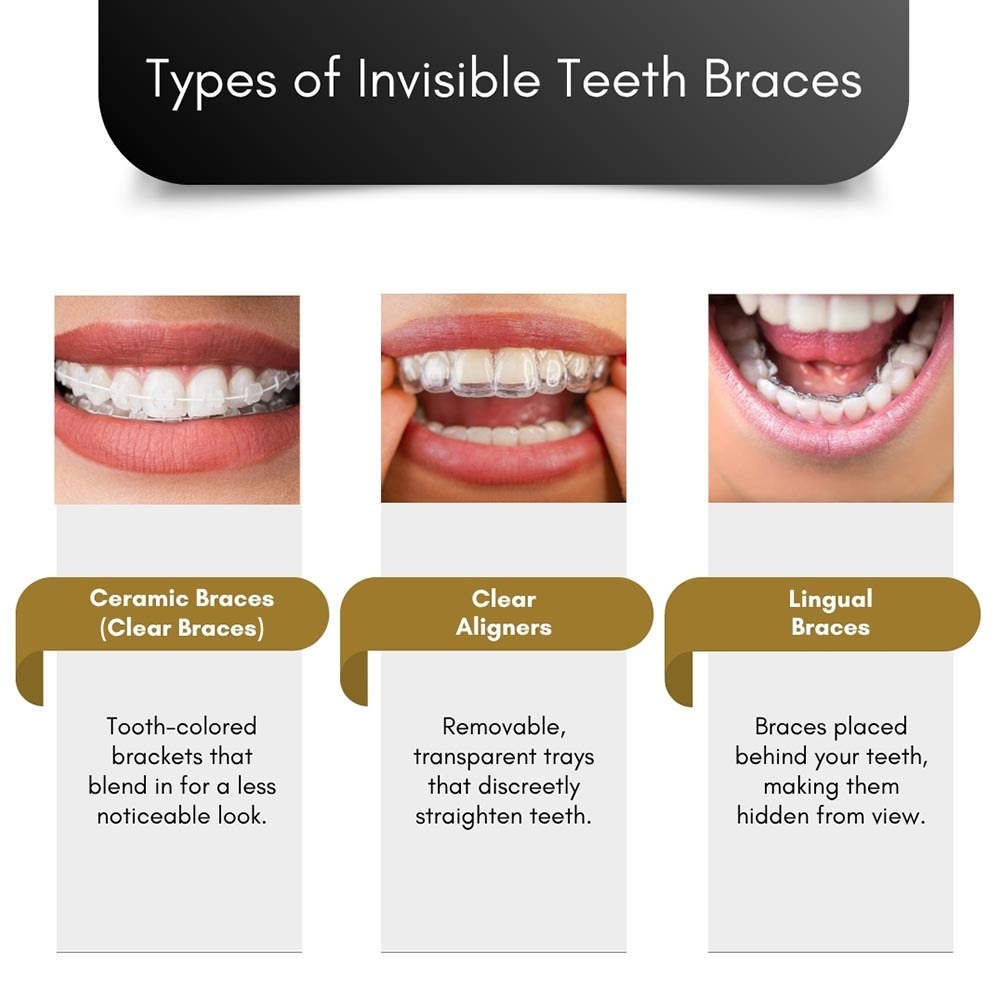Which Orthodontic Problems Can Be Treated With Invisible Braces?
Invisible braces can treat a comprehensive range of bite problems. Some systems can accommodate more complex issues. Generally, you can expect invisible braces to treat the following conditions effectively.
- Overbites.
- Crooked teeth.
- Overcrowded teeth.
- Widely spaced teeth.
They may also be able to treat other problems like crossbites, open bites, underbites, and overbites.
More extensive bite problems may not be suitable for all types of invisible braces. In this case, they may be better addressed using more traditional systems like metal braces.
“ I have been going to Dr. Marianna Weiner for the past 13 years and I could not be happier with my smile and dental care! My teeth have been straight and perfectly maintained since I got my braces off at 14 years old. Her staff is always exceptionally warm, courteous, and accommodating. Dr. Weiner is very professional and has always shown the absolute best care when it comes to orthodontics, regular cleanings, filling cavities, etc. Highly recommend her if you’re looking for a new dentist/orthodontist!“

Maria Vennikov Invisalign Patient
What Are Invisible Braces?
Three types of invisible teeth braces include:
- Ceramic braces or clear braces.
- Clear aligners.
- Lingual braces.

Ceramic or Clear Braces
Instead of metal brackets, these braces have ceramic or clear brackets made from composite or ceramic materials.
How Do Ceramic Braces Work?
The brackets are permanently cemented onto your teeth during treatment. Thin archwires are attached to the brackets. Some ceramic or clear braces are self-ligating and don’t require rubber bands or ligatures, but this isn’t the case for all manufacturers.
Advantages of Ceramic Braces
- Ceramic braces are reasonably discreet and are working continuously to straighten your teeth because they are fixed.
- When rubber bands are required, they can be clear-colored or white, so they are harder to see.
- Although the bands can stain, this isn’t a significant problem since they can be changed regularly during your adjustments.
Disadvantages of Ceramic Braces
- They are not as strong as metal braces.
- The ceramic brackets can be larger than metal brackets.
- Ceramic braces cost more. One way to overcome this is to consider perhaps only having ceramic braces placed on your most visible teeth, using conventional metal braces on the others.
- Treatment may take longer because the brackets are more fragile and require a slower, gentler force to move your teeth.
Clear Aligners
Clear aligners like ClearCorrect and Invisalign are extremely popular. The removable aligners look like a thin, clear plastic tray that fits tightly over your teeth. You take out the aligners for eating, drinking, and oral care.
Advantages of Clear Aligners
- Clear aligners are virtually invisible since there are no brackets or wires.
- Treatment is minimally disruptive since you remove the aligners for meals and oral care. Therefore, changing your dietary or oral hygiene habits is unnecessary.
- Systems like Invisalign allow you to see virtual images predicting how your teeth will look once straightened.
Disadvantages of Clear Aligners
- Clear aligners are easy to mislay when you remove them. Losing your aligners can delay or derail treatment.
- You need good compliance, self-motivation, and discipline to wear the aligners consistently.
Lingual Braces
Lingual braces are fitted onto the inner surfaces of your teeth so they are virtually invisible. The brace brackets are bonded onto these inner surfaces for the duration of treatment and are powered by thin wires.
These braces are only suitable in specific situations and are not right for everybody.
Advantages of Lingual Braces
- Lingual braces are extremely discreet and are working continuously to straighten your teeth because they are fixed.
- The brackets are custom-made in systems like Incognito braces, making them thinner and more comfortable. The wires are also specially shaped using robotic technology.
Disadvantages of Lingual Braces
- The brackets next to your tongue may irritate it can cause sore spots.
- Keeping lingual braces clean can be trickier since it is harder to see inside your mouth.
- Lingual braces can be more expensive as the brackets must be custom-made.
- Lingual braces can take longer to move teeth.
Who Can Have Invisible Braces?
Invisible braces systems are designed for adults and can be suitable for older teens. Good compliance with removable aligner systems is essential. However, Invisalign Teen can include wear indicators on its aligners, allowing parents and our orthodontist to check that they are worn as directed.
Younger children may require more traditional orthodontic treatments, depending on their needs. Invisible brace manufacturers like Invisalign have systems that can accommodate some of the problems younger children face as their teeth and jaws develop.
Finding a Dentist Offering Invisible Braces Near Me
Are you thinking about straightening your teeth without metal braces? Invisible braces are a low-key, comfortable option that fits into everyday life, and finding the right provider nearby is a big part of getting the results you want.
Here’s how you can start your search:
- Not sure where to begin? Your regular dentist is a great person to ask. They may offer clear aligners or know someone nearby who does.
- Try Googling invisible braces near me and check out what comes up in your area. Look through some photos, skim a few reviews, and see if the office feels like a good match for what you’re looking for.
- Sites like Zocdoc or Healthgrades can help you compare local providers, check appointment openings, and get a feel for their approach.
- Take a look at the provider’s website. You’ll usually find info on what types of invisible braces they offer, how the process works, and whether they take new patients.
- If convenience is a priority, see if they have evening hours, payment plans, or online consultations—it can make the process a lot easier to stick with.
Length of Treatment With Invisible Braces
Your treatment time will depend on the type of invisible brace you wear and the problems it is correcting. Treatment can take anywhere from a few months to 2 years. Ceramic and lingual braces take longer to work effectively.
If you have clear aligners, the time can vary, but Invisalign treatment typically requires between 20 and 30 aligners, and you wear each set for approximately two weeks.
Milder conditions that only affect your front teeth may be completed with as few as 7 to 10 sets of aligners.
Patient Experience
Cost of Invisible Braces
If you are interested in invisible braces at Brooklyn Invisalign Center, you can expect the cost to be the same or higher compared with traditional orthodontics. The cost depends on your brace and the length of treatment.
Discovering Which Invisible Brace Might Suit You
Invisible braces can provide excellent results in the right situations. Because there are several different types, we can likely find a system that suits you, depending on your age and the problems that need correction.
Additional Orthodontic Services We Offer
When you visit our Invisalign practice for your initial consultation, we can examine your bite before discussing options that we know will provide good results. Our orthodontist can explain how each system will work in more detail, the predicted costs, and why we recommend a specific solution. Contact Brooklyn Invisalign Center at (718) 375-3757 to book a consultation.

